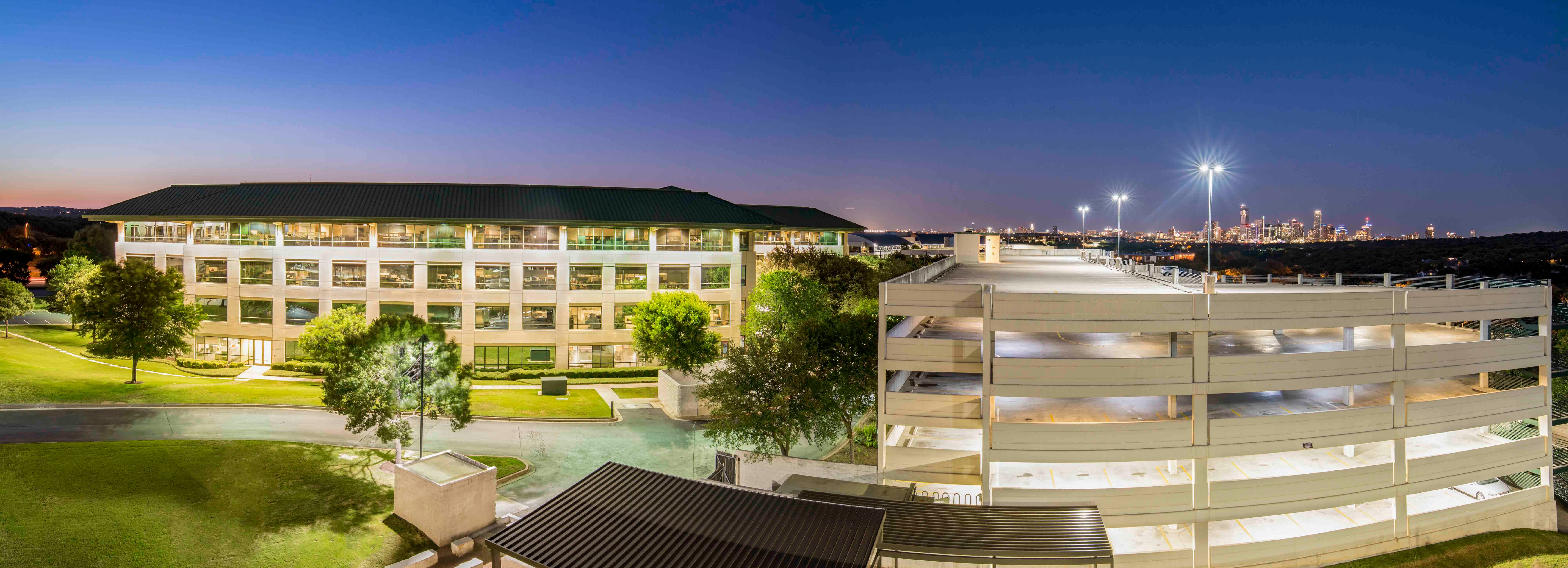There are complex national imbalances in multifamily between supply and demand. Too much development overall will put a cap on pricing power. But as GlobeSt.com recently reported, supply is concentrated in some of the fastest growing markets, which makes complete sense. That means not every metro area is subject to oversupply or undersupply. A recent report from Yardi Matrix digs into specific conditions by metro. One number that shows the practical result of dynamics without having to sift through current capacity and amount that has been built recently is the straightforward look at pricing power — how much rents have increased or decreased year-over-year in a particular metro. So, as the report explained national markets, "Single-family rents fell for the second straight month, down $4 nationally to $2,104. Year-over-year growth dropped 10 basis points to 0.4%. Occupancy was unchanged at 95.9%, a sign that demand continues to be robust." Begin the breakdown and you see that dominating the top 30 markets were Northeast and Midwest metros, probably because new construction was concentrated in the Sun Belt and West, where most of the largest negative year-over-year rent growth metros were located. Across all asset classes, the five metros with the highest growth were New York City (5.6% year-over-year), New Jersey (5.2%), Chicago (4.0%), Indianapolis (3.8%), and Kansas City (3.6%). Then there were the bottom five with numbers only approximate because they were only available through reading the graph, running from Seattle's approximate -2.5%, through Atlanta, Las Vegas, and Phoenix, and ending at what seems to be -4.7% or -4.8% for Seattle. Splitting out lifestyle and renter-by-necessity asset classes creates different pictures than the blended results. For lifestyle, the top five regions were New York City (just over 5%), Kansas City (about 2.6%), Chicago (2.5%), New Jersey, (2.4%), and Boston (2.1% to 2.2%). The figures are lower than the blended numbers. Yardi suggests that result is due to competition. Over the last two years, industry sources have been telling GlobeSt.com that in the light of sudden property value run-ups and cap rate collapses during the pandemic, as a lot of new capital came in looking for yield in the face of zero-interest rate policy made significant increases in rents necessary for deals to pencil, thus a shift toward economic upper-end lifestyle rentals. The five biggest lifestyle drops ranged from Austin (-5%), Atlanta (-2.7%), Phoenix (-2.6%), Portland (-2.5%), and Nashville (-2.4%). Then there is renter-by-necessity, where consumers have had fewer options and less negotiating power. The top five were New Jersey (looks like close to 7.4% to the upside), Indianapolis (over 6%), New York City (6%), and Chicago and Miami (both just over 5%).
© 2025 ALM Global, LLC, All Rights Reserved. Request academic re-use from www.copyright.com. All other uses, submit a request to [email protected]. For more information visit Asset & Logo Licensing.







